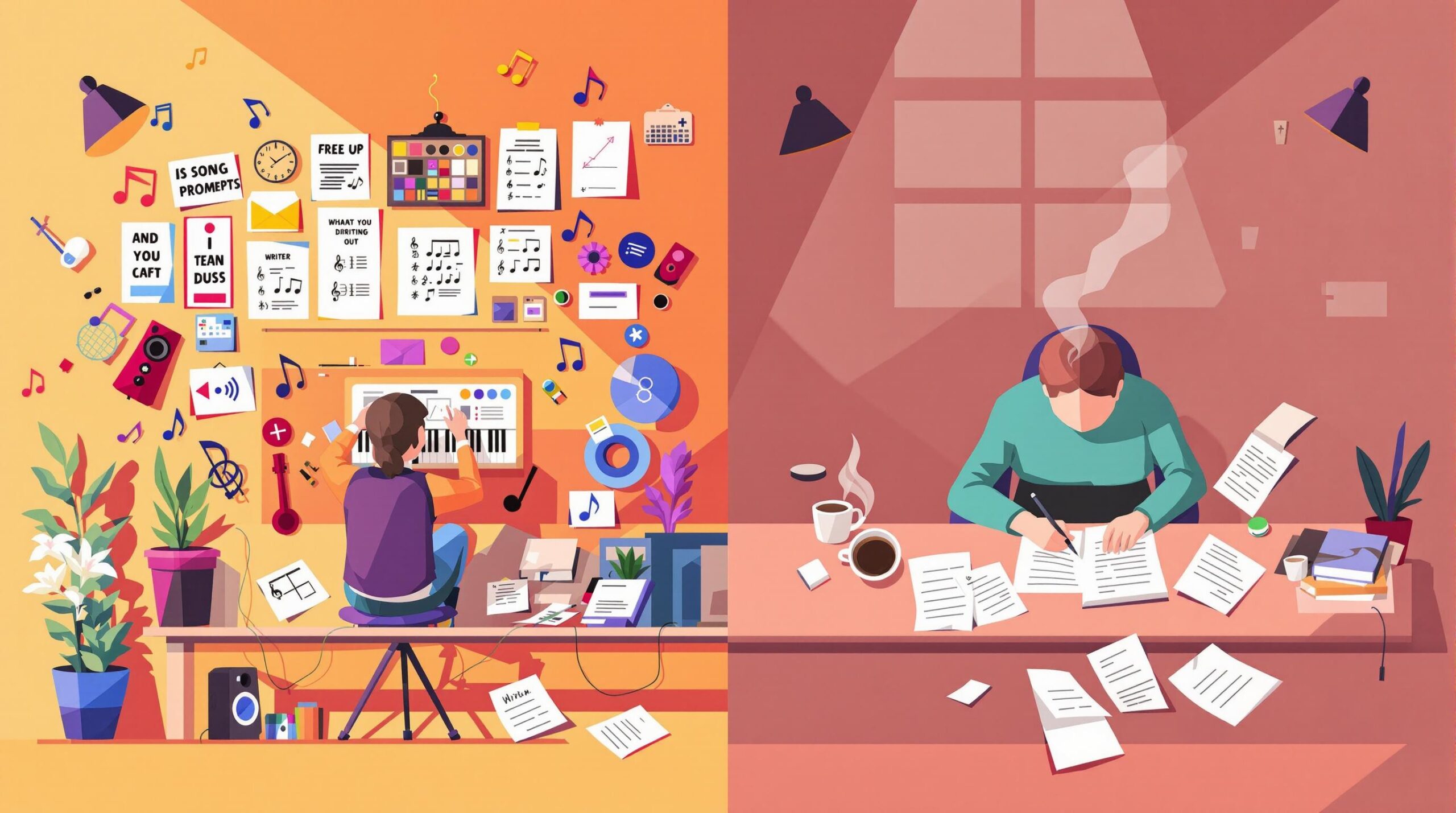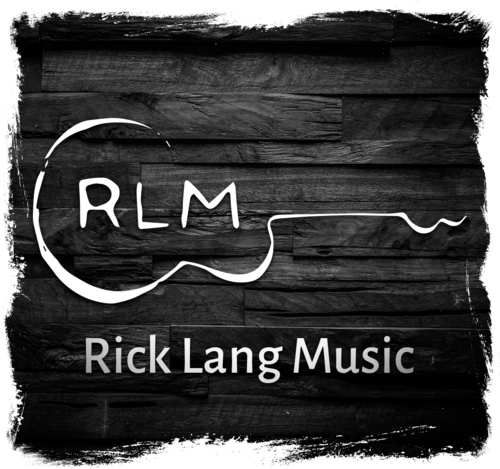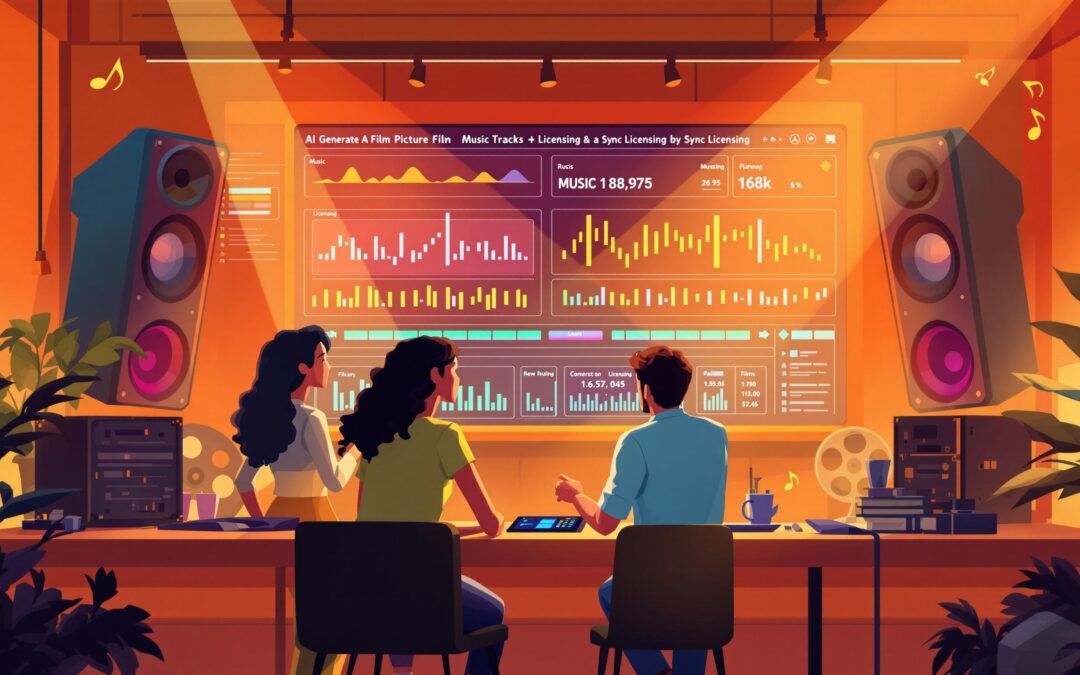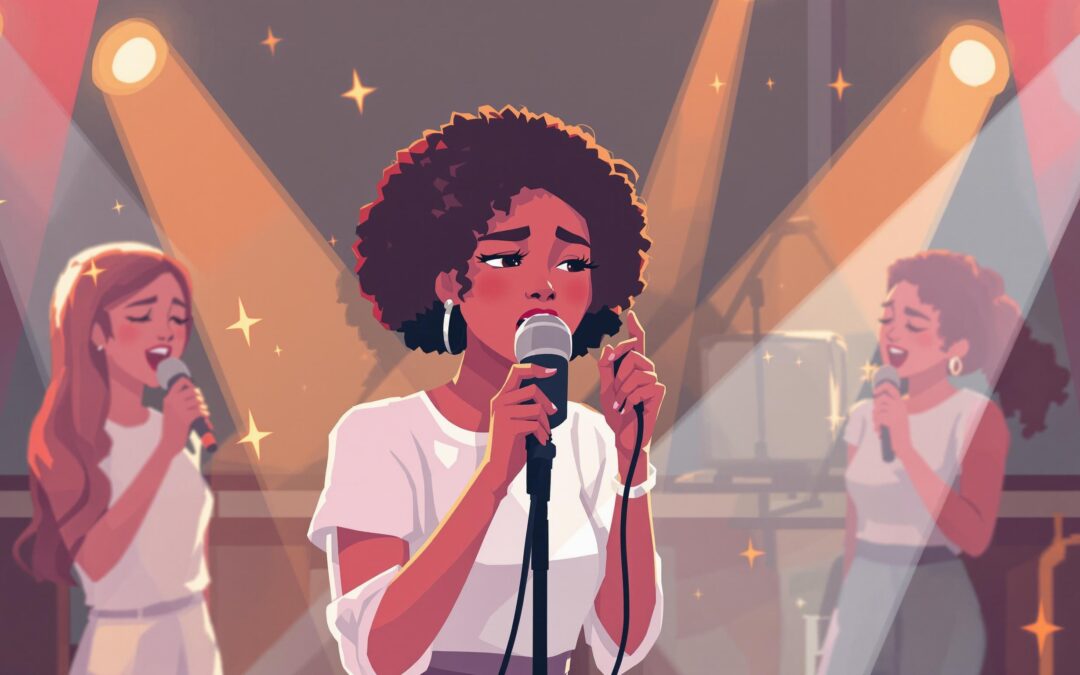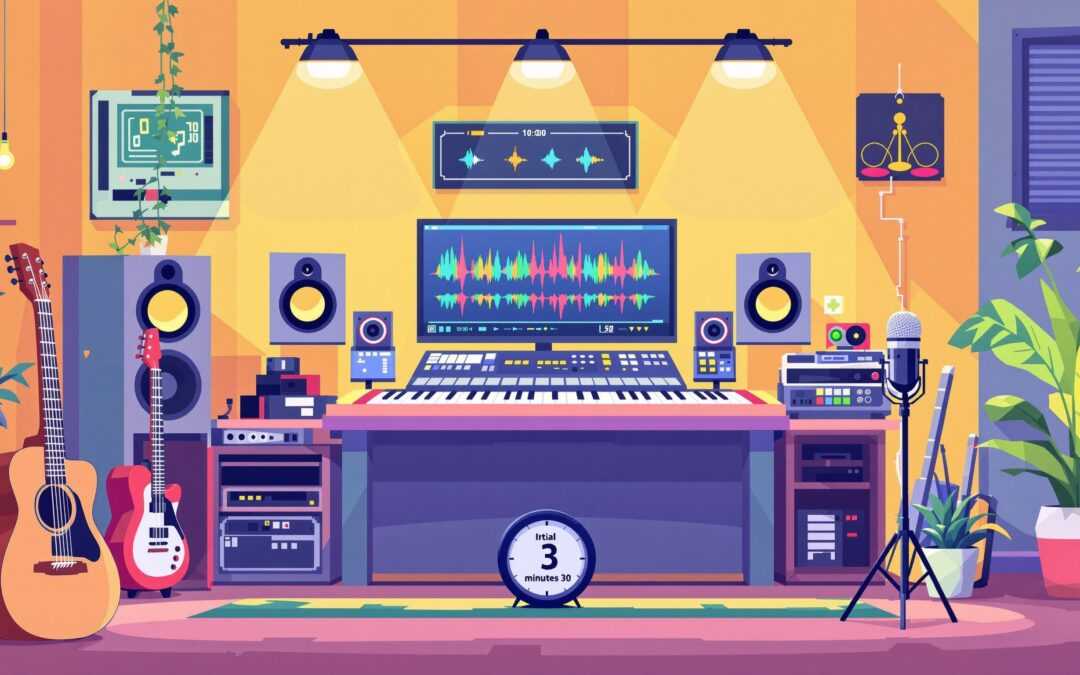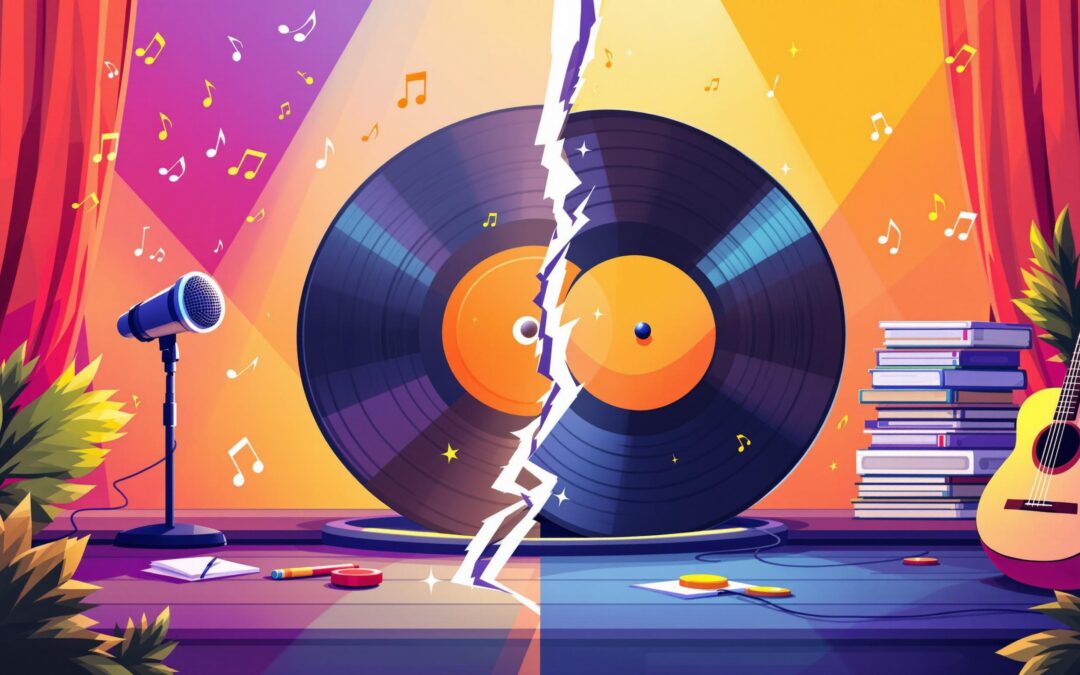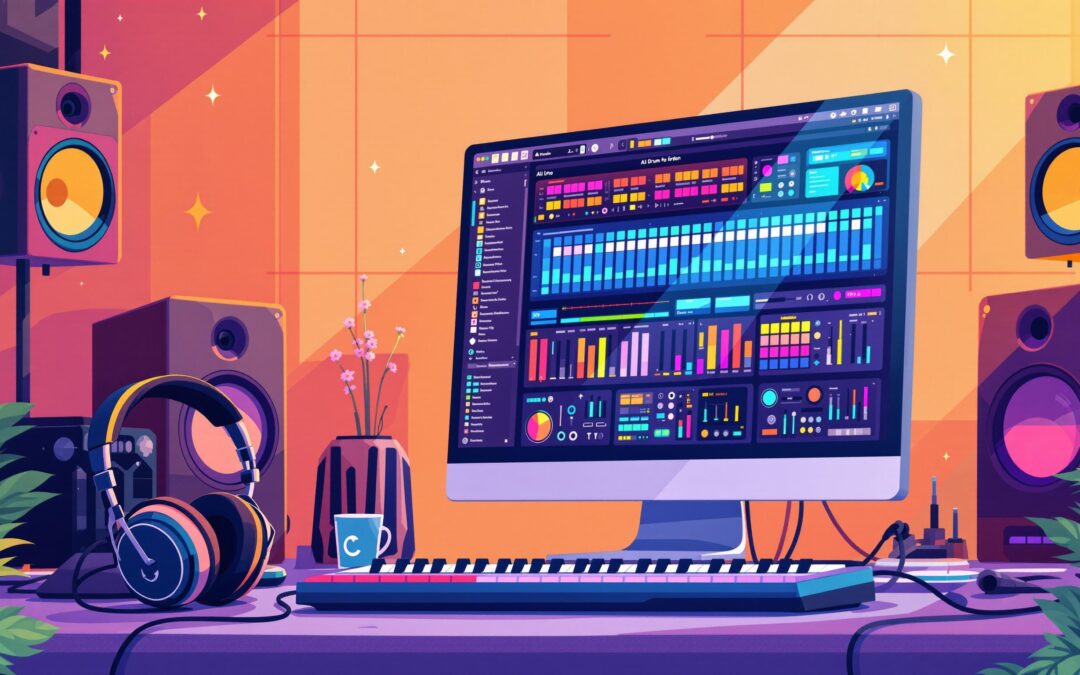When you’re stuck staring at a blank page, song prompts and freewriting are two popular methods to kickstart your creativity. Here’s a quick breakdown:
- Song Prompts: Guided exercises with specific themes, emotions, or technical challenges to help focus your ideas.
- Freewriting: A freeform approach where you write continuously without overthinking or editing, letting raw thoughts flow.
Quick Comparison
| Factor | Song Prompts | Freewriting |
|---|---|---|
| Structure | High – offers clear focus | Low – completely open-ended |
| Time Efficiency | Quick to start, moderate editing | Longer process, more editing |
| Emotional Depth | Targeted emotions | Raw, unfiltered emotions |
| Creative Freedom | Limited by the prompt | Endless possibilities |
| Best For | Focused, goal-driven writing | Discovering unexpected ideas |
Best Approach? Combine both! Start with freewriting to explore raw ideas, then use prompts to refine and organize them into structured lyrics. Experiment to find what works best for you.
Song Prompts: Using Writing Guides
Understanding Song Prompts
Song prompts serve as helpful starting points for songwriting. They provide a structured approach that encourages creativity while leaving room for personal interpretation. Instead of staring at a blank page, prompts give you a focused framework to explore new ideas and directions.
Let’s take a closer look at the common types of prompts and how they can guide your songwriting process.
Common Prompt Categories
Different types of prompts can help you tackle creative blocks and spark fresh ideas for your songs:
Thematic Prompts
- Topics like love, loss, or personal growth
- Social issues or current events
- Seasonal themes or time-specific ideas
Story Prompts
- Developing character-based narratives
- Drawing from personal experiences
- Creating fictional scenarios with emotional depth
Mood Prompts
- Writing based on specific emotions like joy, heartbreak, or nostalgia
- Exploring complex emotional states
- Exercises focused on capturing a particular mood
Technical Prompts
- Experimenting with chord progressions
- Trying out new rhythm patterns
- Altering song structures to challenge your usual approach
These categories help you understand how prompts can shape your writing while highlighting their strengths and limitations.
Pros and Cons of Prompts
| Advantages | Disadvantages |
|---|---|
| Helps overcome writer’s block | Can feel limiting for some |
| Provides a clear starting point | May lead to predictable results |
| Builds specific songwriting skills | Could reduce spontaneous creativity |
| Encourages focused practice | Might become overly relied upon |
| Inspires exploration of new ideas | May not always match your inspiration |
The key to using prompts effectively is flexibility. Treat them as tools to jumpstart your creativity, not as strict formulas. They’re especially useful for breaking through blocks, experimenting with new techniques, and exploring unfamiliar themes.
Ultimately, prompts are there to inspire – not to define – your songwriting journey.
Freewriting: Writing Without Limits
The Freewriting Method
Freewriting takes a freeform approach to songwriting, steering away from structured prompts. It’s all about writing continuously without pausing to correct grammar, spelling, or even your train of thought. The idea is to let raw emotions and ideas spill onto the page without overthinking.
In a typical session, you write whatever comes to mind for 10 to 15 minutes. The trick is to keep your pen moving or fingers typing the entire time. Think of it as a warm-up for your creativity, setting the stage for later refinement.
Using Freewriting for Songs
Freewriting gives you the space to explore emotions and ideas without worrying about structure or rhyme. It’s a tool for capturing the essence of what you want to express.
Stream of Consciousness
- Set a timer for 10-15 minutes.
- Write non-stop, ignoring edits or corrections.
- Let your thoughts flow freely, no matter how messy.
- Forget about song structure or rhymes for now.
Refinement Process
Once your session is over, go back and comb through your writing to:
- Highlight phrases that could become hooks.
- Circle moments of strong emotional expression.
- Spot recurring themes or vivid imagery.
- Notice any natural rhythms in your words.
Pros and Cons of Freewriting
Freewriting has its ups and downs, offering both creative breakthroughs and challenges:
| Advantages | Disadvantages |
|---|---|
| Unlocks deep emotional content | Can result in scattered ideas |
| Silences your inner critic | Requires extra editing to shape |
| Sparks unexpected connections | May feel chaotic at first |
| Helps develop your voice | Time-intensive refinement needed |
| Encourages limitless creativity | Harder to organize into song form |
How well freewriting works often depends on your ability to embrace the chaos and refine it later. While it opens the door to boundless creativity, turning that raw material into polished lyrics takes effort.
The key to successful freewriting is letting go of judgment during the process. It’s not about crafting a perfect song in one go – it’s about gathering authentic material that you can later mold into something meaningful.
3 Principles For Writing Better Lyrics | Songwriter Theory …
sbb-itb-1c6af30
Which Method Works Better?
Let’s break down how each approach tackles writer’s block and their specific strengths.
When to Use Song Prompts
Song prompts are a great choice if you:
- Need a clear starting point for your songwriting.
- Want to focus on specific themes or emotions.
- Are working on projects with defined guidelines.
- Feel stuck or overwhelmed by too many options.
When to Use Freewriting
Freewriting shines in situations where you:
- Want to tap into raw, unfiltered emotions.
- Need to push past creative blocks.
- Are looking to develop your unique style.
- Hope to discover unexpected ideas or directions.
These methods serve different purposes, and their strengths become clearer when compared side by side.
Comparing the Two Methods
Here’s a quick look at how the two approaches stack up:
| Factor | Song Prompts | Freewriting |
|---|---|---|
| Structure | High – offers a clear framework | Low – completely open-ended |
| Time Efficiency | Quick to start, moderate editing required | Longer initial process, more editing |
| Emotional Depth | Good for targeted emotions | Excellent for raw emotional insights |
| Learning Curve | Low – easy to pick up | Moderate – takes practice |
| Writer’s Block | Provides direction to overcome blocks | Eases pressure to spark creativity |
| Creative Freedom | Limited by the prompt’s scope | Endless possibilities |
| Consistency | Predictable results | Varies depending on the session |
| Commercial Use | Ideal for goal-driven projects | Better for personal expression |
Often, the best results come from blending these methods. For example, you could begin with freewriting to generate raw ideas and then use song prompts to shape and refine them. Or, start with a prompt to set your direction and switch to freewriting to explore deeper emotions.
Choose the method – or mix – that aligns with your goals, style, and the demands of your project.
Using Both Methods Together
By combining song prompts and freewriting, you can tap into the strengths of both techniques to boost your creativity.
Mixing Prompts and Freewriting
Using song prompts alongside freewriting creates a dynamic approach that balances structure with creativity. Start with a prompt to set a clear direction, then dive into freewriting to explore the theme in depth. For instance, if your prompt is "write about a life-changing moment", freewrite to uncover various experiences or emotions tied to that idea. Once you’ve gathered your thoughts, return to the prompt to refine your ideas into lyrics. This method blends the focus of prompts with the free-flowing nature of freewriting.
Here’s how you can combine the two:
- Pick a prompt: Choose a theme or emotion to guide your writing.
- Freewrite freely: Explore the theme without worrying about structure.
- Highlight key ideas: Pull out phrases or lines that stand out.
- Revisit the prompt: Use it as a guide to shape your ideas.
- Refine and organize: Turn your raw material into verses, choruses, or other song elements.
Tips for Combined Methods
When blending these techniques, stay flexible and open to experimentation:
- Use prompts as guides, not rigid rules.
- Keep a list of standout phrases from your freewriting sessions.
- Group similar ideas into themes to organize your material.
- Switch methods if you feel stuck to keep the process moving.
For a more structured approach, consider this breakdown:
| Phase | Method | Duration | Purpose |
|---|---|---|---|
| Initial Exploration | Freewriting | 10 min | Generate raw ideas |
| Theme Development | Prompt-based | 15 min | Add focus and structure |
| Deep Dive | Freewriting | 15 min | Expand on the chosen theme |
| Refinement | Prompt-based | 20 min | Organize and finalize ideas |
Developing Your Method
Combining these techniques not only helps tackle writer’s block but also complements your songwriting workflow. Over time, you can tweak and personalize this approach to fit your style.
Here are some ideas to adapt the method:
- Use freewriting for capturing raw emotions, and prompts for building structured narratives.
- Alternate between the two for abstract or experimental pieces.
- Start with prompts for more structured or commercial projects and use freewriting to add depth.
The goal is to create a system that feels natural and helps you consistently craft quality songs while keeping the creative process enjoyable and flexible. Let your method evolve as you practice and grow.
Conclusion
Key Takeaways
Here’s a quick comparison of the two methods:
| Aspect | Song Prompts | Freewriting |
|---|---|---|
| Structure | Highly structured – guided writing | Minimal structure – free flow |
| Best For | Focusing on specific themes | Tapping into unfiltered creativity |
How to Begin
Ready to try these techniques? Here’s a simple 7-day plan to get started:
- Days 1-2: Focus solely on song prompts.
- Days 3-4: Dedicate time to freewriting.
- Days 5-7: Experiment by blending both approaches.
For extra help, check out Write.Record.Release. They offer AI lyric generators and other tools to help you break through creative blocks. You can also set SMART goals during your writing sessions to stay on track and measure your progress.
Whether you prefer prompts, freewriting, or a mix of both, the key is to stay consistent and keep experimenting. Dive into these methods and see what sparks your best ideas!
